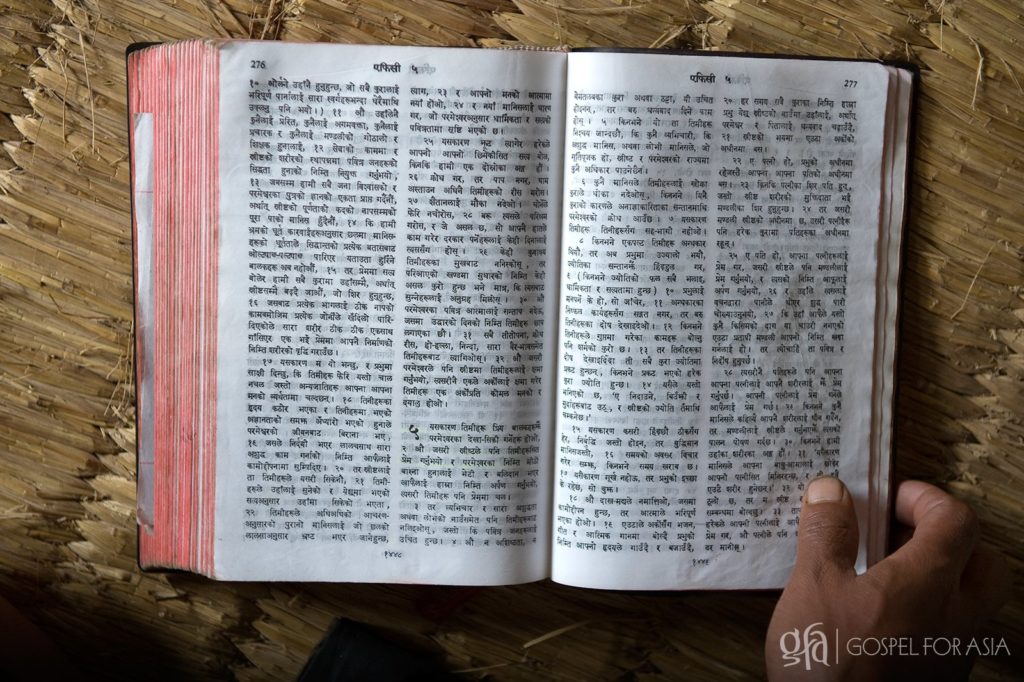COLORADO SPRINGS – The 8th chapter of Acts records an incident where Philip, an early follower of Jesus, approached an Ethiopian who happened to be reading a copy of the book of Isaiah. “Do you understand what you are reading?” (Acts 8:30 NKJV) The man replied, “How can I unless someone explains it to me?” (Acts 8:30 NIV)

Whether a person is reading the Bible for the first time, or the 100th time, a clear, accurate, contemporary language text can have a powerful, life-changing impact.
The mission of Biblica is:
“To provide the Bible in accurate, contemporary translations and formats so that more people around the world will have the opportunity to be transformed by Jesus Christ.”
Mathew Varghese of Biblica recently shared the continuing and the growing need for translating and providing versions of the Bible in the native languages and dialects of the India people.
Although Hindi is now the second most spoken language in the world behind Mandarin, India officially recognizes 22 languages within its realm. Day Translations observed that in India, “traveling in a few miles in any direction can jarringly expose one to a new language.”
India actually has more than 60 languages that are each spoken by more 100,000 people. When including the distinctly different dialects, India has in excess of 2,500 spoken languages. The complexities of such a multi-lingual country are complex.
In Canada, where both French and English are official languages, both are printed on their currency. That’s not possible with such a multiplicity of languages, so Indian currency features a “language panel” in which 15 to 17 languages are printed depending on the note.
Biblica recognizes a current need for Bible translation in 48 languages and dialects in India. Their approach is to focus on the languages most critical on the sub-continent.
While there are languages and dialects that have no Scripture, there are others that have translations that are so old that they are considered archaic and are, therefore, difficult to understand. Those versions need new, accurate, and easily understood translations.
Do you understand what you are reading?
To meet the demand of pastors, churches, and individuals, Biblica is taking an incremental approach to its translation work. Rather than waiting for an entire translation to be completed, Biblica will be distributing individual books and segments as they become available. This will enable quicker and broader dissemination.
It is unlikely that the Ethiopian had more than the book of Isaiah when Philip met him. In fact, there was no official canon of Scripture. Jesus had only recently victoriously ascended into Heaven and the New Testament had yet to be written.
With just one book of Scripture available to the Ethiopian, Philip was able to direct him to the saving love of Jesus Christ. We expect the Lord will use Biblica’s incremental approach.
To read more news on Bible Translation on Missions Box, go here.
Sources:
- Mission Network News, India facing a significant need for Bible translation
- Biblica, Our Ministry
- Gulf News, Census: More than 19,500 languages spoken in India as mother tongues
- Day Translations, A Closer Look at India’s Languages
- Wikipedia, Languages of India
- Blue Letter Bible, Acts 8
Image Source:
- Gospel for Asia, Photo of the Day




